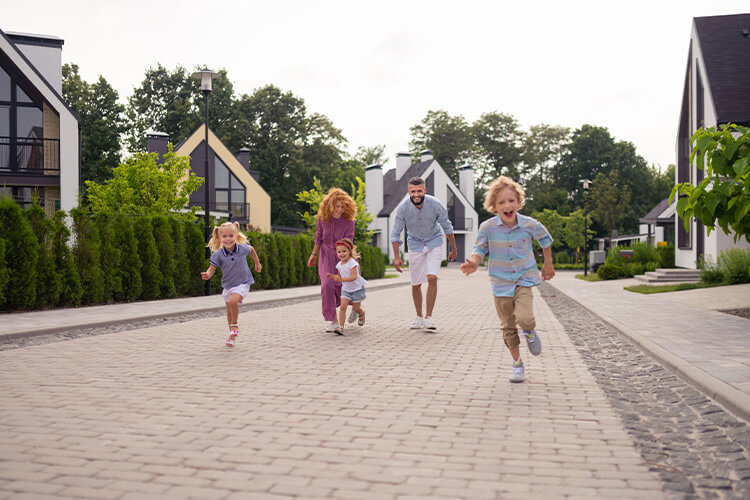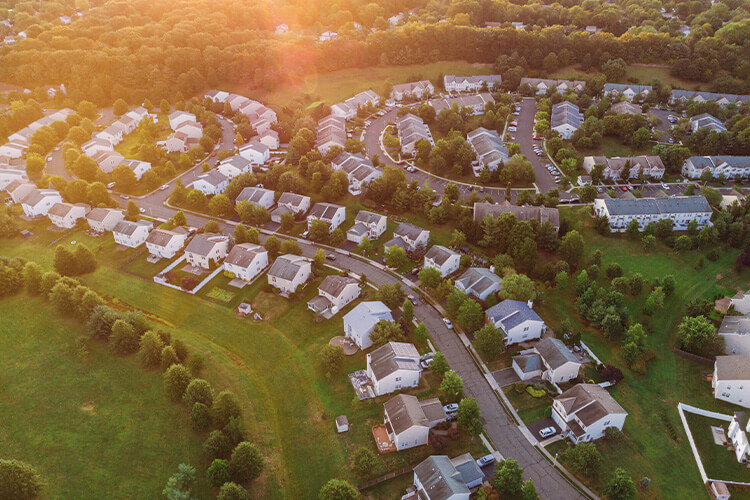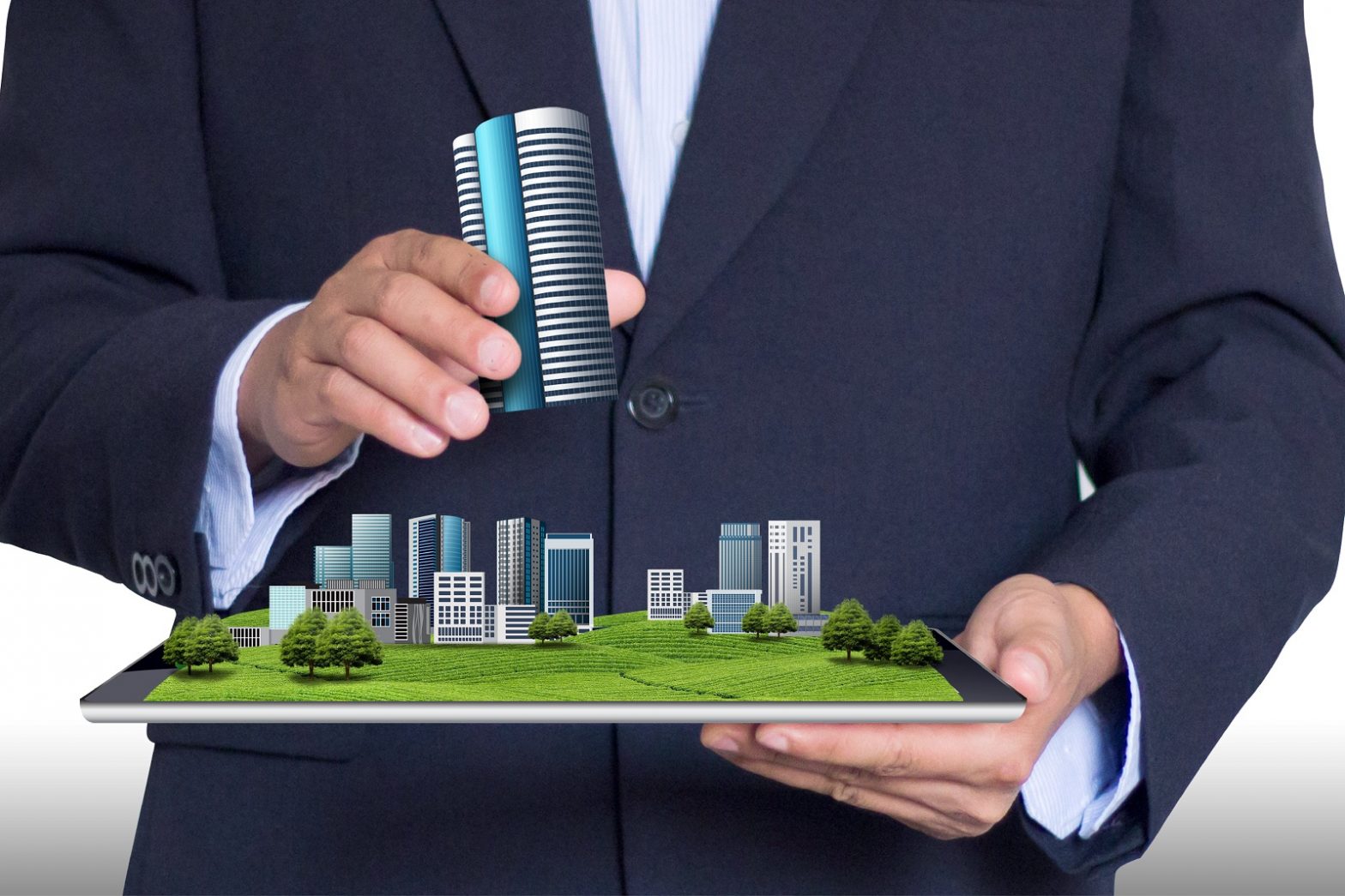Proactive healthcare: the need of the hour
By homz | December 11, 2022
Views of healthcare remain demanding. In the year 2020, it was recorded that US healthcare spending grew up to 9.7%, reaching $4.1 trillion to $12,530 per person. The stretch of the recent outbreak further grew the appetite of US residents seeking healthcare. This, unfortunately, comes with heavy costs that are tough to digest. While health insurance provides financial protection in case of serious accidents or sickness, for people without health coverage the story is starkly different. They are exposed to heavy costs that can sometimes lead them into deep debt or even into bankruptcy. According to a US govt website, you could end up with a bill of $7,500 if you break a leg. And if your injury or sickness demands you to stay in the hospital for a few days, the cost could rise by about $30,000.
While the creation of EMRs, CRMs, HMOs, PPOs, and more, have contributed to improved life expectancy, they aren’t the full-proof solution to a healthy life. You may have caught the flu today and be able to find an immediate care unit for treatment, but visiting a healthcare provider won’t give you the power to take charge of your health. This scenario of you taking action after being exposed to sickness is labeled as ‘reactive health.’
For the people in the US, the top four healthcare cost drivers in the year 2022 are cardiovascular ailments, cancer, diabetes, and musculoskeletal conditions. And the costs associated with the respective specialty treatments and drugs make healthcare extremely expensive. While the US government strives to make healthcare more affordable and accessible, the US public shifts its focus on preventing the surface of these ailments in the first place. They have realized the need to transition from reactive to proactive health management.
Pros of proactive healthcare
In short, the antithesis of ‘reactive healthcare’ is ‘proactive health.’ The above-mentioned considerations underscore the importance of focusing on preventive approaches to health. This kind of health is achieved when an individual takes responsibility for proactively managing his or her health. Many consumers think, and caregivers stress, that keeping distance from unhealthy habits such as excessive drinking, smoking, poor diet, and more, is the way to go. But, there’s more to it. Self-care plays a critical part in it. This can be any activity from exercising, taking prescribed vitamin supplements, drinking a good amount of water daily, watching their weight, eating healthy, practicing mindfulness, keeping a balanced social-work life, and so on. This gives the individual the power, confidence, and a way to stay on top of their health and address health problems before they advance. Additionally, it helps people avoid the expense associated with high-risk conditions.
For proactive healthcare to work, people need to be given the right tools and accessibility. And, the possibility of this method of wellness work increases when their housing provider also has a responsibility to enable this through smart construction. Choosing a strategic location that is close to fitness facilities and office hubs helps, for example. Ensuring tree-lined internal roads of the complex or encouraging a locality to bond. That is exactly what Homz aims to achieve.
Homz is driven to empower US residents with holistic wellbeing. The 50 highly-amenitized, integrated communities are conceptualized to offer emotional, physical, psychological, spiritual, environmental, and occupational well-being by facilitating a healthy lifestyle. Schools, colleges, office hubs, convenience stores, and a world of health and entertainment avenues are at a close distance to enable people to find balance in their lives.
Homz Communities are also inclusive of Miyawaki Forest and give its residents a chance to connect with nature. All of these aspects help improve and facilitate proactive health.


 info@homzglobal.com
info@homzglobal.com











































